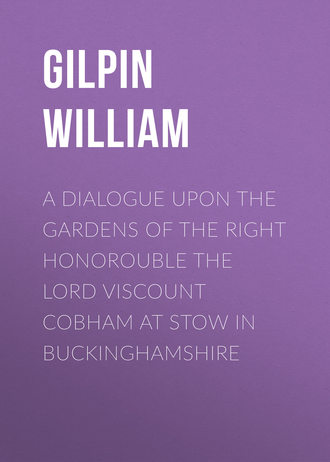A Dialogue upon the Gardens of the Right Honorouble the Lord Viscount Cobham at Stow in Buckinghamshire
 полная версия
полная версияA Dialogue upon the Gardens of the Right Honorouble the Lord Viscount Cobham at Stow in Buckinghamshire
Настройки чтения
Размер шрифта
Высота строк
Поля

